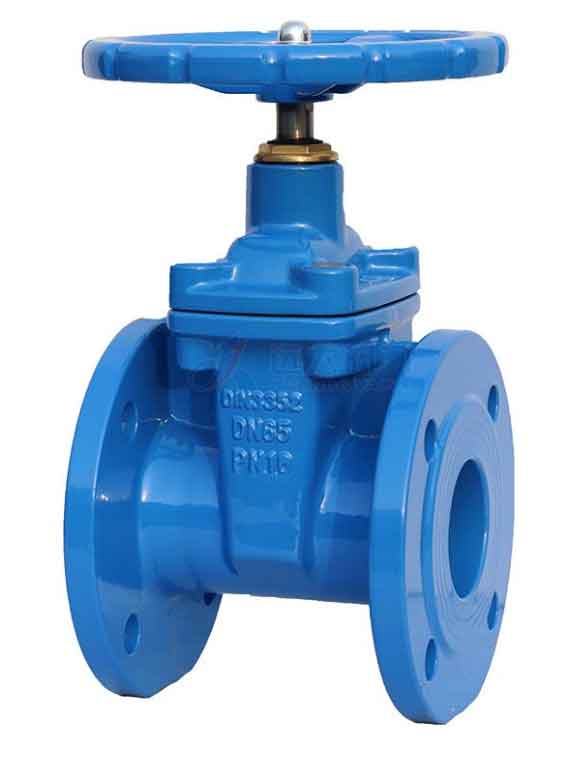Advancements in gate valve technology have brought about several innovative features and improvements in flow control. These advancements aim to enhance valve performance, increase efficiency, and address specific industry requirements. Here are some notable innovations in gate valve technology:

1. Resilient Seating Materials: Traditional gate valves often utilize metal-to-metal seating, which can be prone to wear and leakage over time. Advancements in gate valve technology have introduced resilient seating materials such as elastomers or polymers. These materials provide excellent sealing properties, enhanced resilience, and improved resistance to wear and corrosion, resulting in better performance and longer service life.
2. Low-Friction Coatings: Gate valves can now be coated with low-friction materials such as Teflon or other fluoropolymer coatings. These coatings reduce the friction between the gate and seat, resulting in smoother operation, reduced torque requirements, and improved valve performance. Low-friction coatings also help prevent galling and sticking of the gate, ensuring reliable and efficient flow control.
3. Bi-Directional Sealing: Traditionally, gate valves were designed for unidirectional flow. However, advancements in gate valve technology have introduced bi-directional sealing capabilities. Bi-directional gate valves can effectively seal the flow in both directions, allowing greater flexibility in system design and reducing the risk of flow reversal-related issues.
4. Improved Stem Sealing: Stem sealing is a critical aspect of gate valve performance. Advancements in stem sealing technology have introduced innovative packing materials and designs that offer enhanced sealing performance and reduced fugitive emissions. This improvement minimizes stem leakage, extends the valve’s service life, and promotes environmental safety and compliance.
5. Smart Valve Technology: Gate valves can now incorporate smart valve technology, enabling advanced monitoring, diagnostics, and control capabilities. Sensors, actuators, and communication devices can be integrated into gate valves, allowing remote monitoring of valve status, real-time data collection, and automated control. Smart valve technology enhances system efficiency, predictive maintenance, and overall operational performance.
6. Compact and Lightweight Design: Advancements in materials and manufacturing processes have led to the development of gate valves with compact and lightweight designs. These valves offer space-saving advantages, ease of installation, and reduced transportation costs. Compact gate valves are particularly beneficial in applications where space constraints are a concern.
7. High-Temperature and High-Pressure Applications: Gate valve technology has advanced to address the challenges of high-temperature and high-pressure applications. Innovative materials, such as special alloys or ceramics, are used to enhance the valve’s ability to withstand extreme operating conditions without compromising performance or integrity.
8. Enhanced Corrosion Resistance: Gate valves can now be manufactured with materials that offer superior corrosion resistance. This is particularly important in industries where aggressive or corrosive fluids are present. Advancements in material selection and coatings have improved the gate valve’s ability to withstand corrosion, ensuring long-lasting performance in harsh environments.
9. Automated and Remote Control: Gate valves can be equipped with advanced automation systems, allowing for remote control and integration into centralized monitoring and control systems. Automated gate valves enhance system efficiency, reduce human error, and enable seamless integration with other process automation equipment.
10. Modular Design and Interchangeability: Some gate valve manufacturers now offer modular designs that allow for easy interchangeability of components. This feature simplifies maintenance and reduces downtime as specific parts can be replaced or repaired without disassembling the entire valve.
These advancements in gate valve technology contribute to more efficient, reliable, and safe flow control in a wide range of applications. By embracing these innovations, industries can optimize their fluid handling systems, improve operational performance, and achieve greater productivity.
